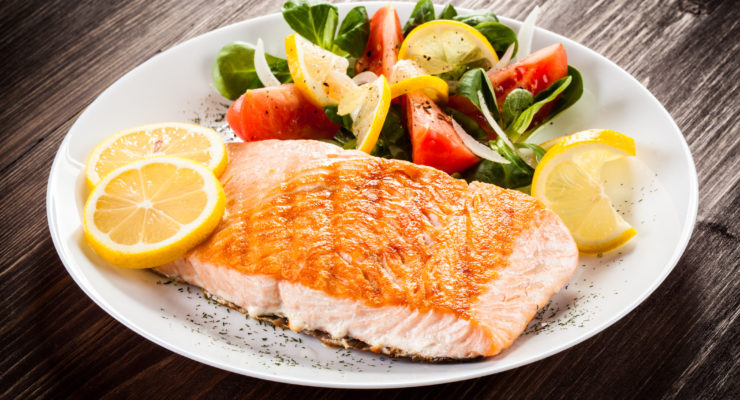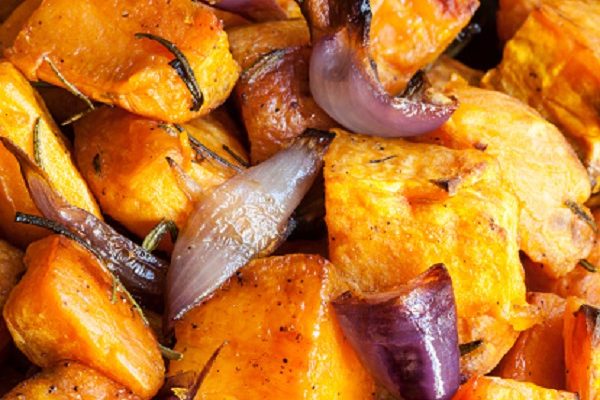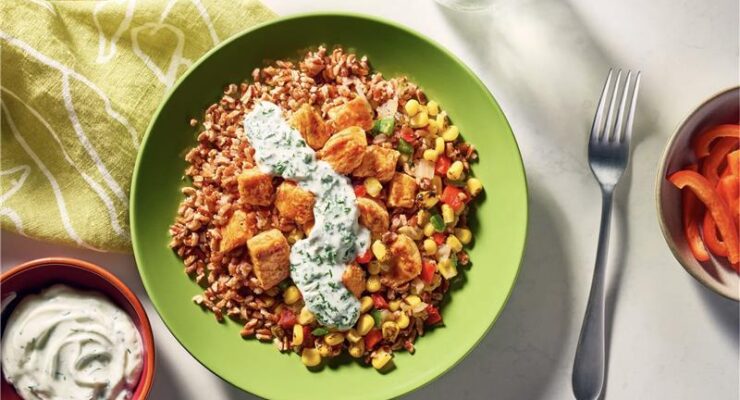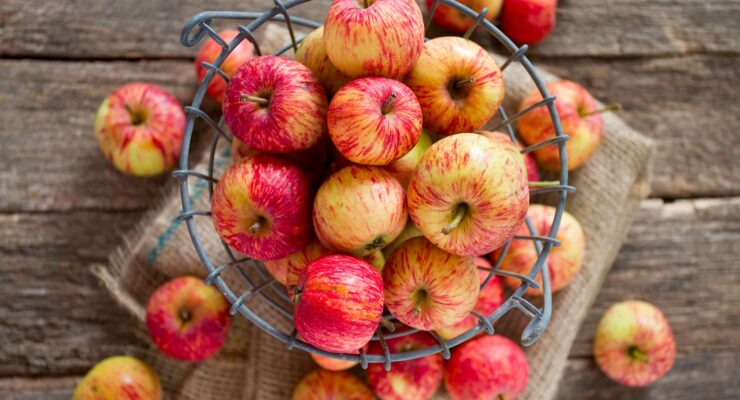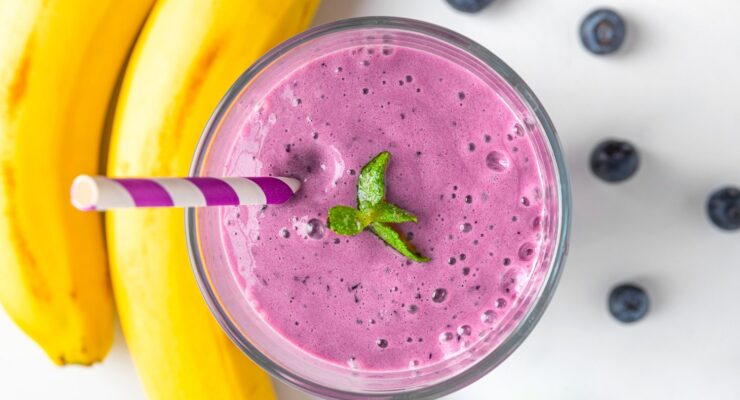The Great Produce Debate: Does Cooking Veggies Decrease Nutritional Value?
Article posted in: Diet & Nutrition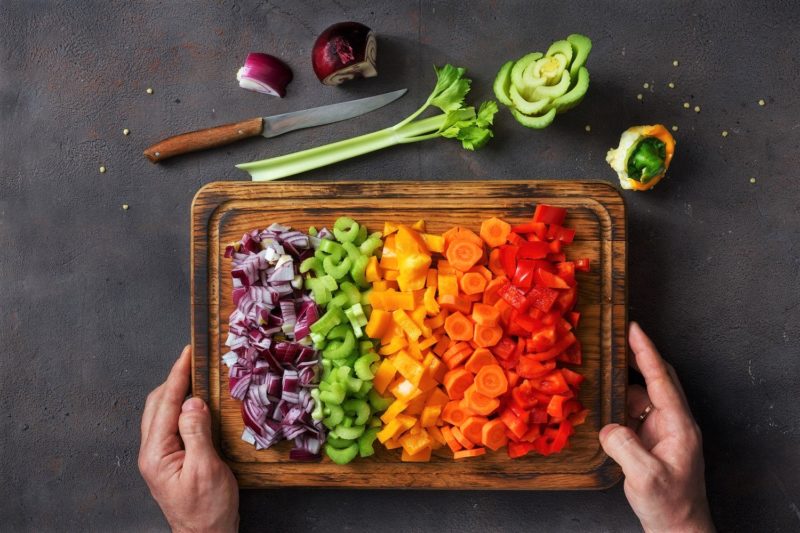
One basic fact can’t be questioned: Non-starchy vegetables are critical to healthy eating and weight loss whether you’re cooking veggies or enjoying them raw. Veggies are an important source of essential vitamins and minerals, along with fiber that helps you feel full long after you finish eating.
You may wonder, though, if you get more nutrients from enjoying them raw or cooking veggies. The answer is not one or the other, according to the International Journal of Molecular Sciences. For many people, cooked veggies are just more digestible than raw. What’s more, heat burns off some vitamins, while it activates others. Tomatoes, for example, are high in vitamins A and C, which are sensitive to heat. Lycopene, a powerful cancer-fighting nutrient, increases in tomatoes when they are cooked. The best practice is to eat a wide variety of both raw and cooked produce.
When you’re cooking veggies, here’s how to keep their nutrient levels high:
Preparation

According to Today’s Dietitian, many nutrients oxidize (or are released) from vegetables when they’re exposed to the air. To minimize the loss when cooking veggies, cut vegetables up. Better yet, cut them into edible-size pieces after they’re done cooking.
Boiling/Poaching

Immersing vegetables in hot water can soften tough vegetables like broccoli and cauliflower very quickly, but nutrients such as vitamin C, folate and potassium leach out of the food and into the water. Boiling did increase the amount of one micronutrient, lutein, in a study published in the Journal of Agricultural and Food Chemistry. If boiling or poaching is your preferred way to cook veggies, use as little water as possible and take them out as soon as they are tender enough to eat.
Steaming

Veggies cook almost as fast when they’re steamed as they do when boiled, but because they’re not in direct contact with hot water, they don’t lose as much of their vitamins and minerals. Steamed broccoli and cauliflower actually have more glucosinolates, micronutrients that ward of heart disease and other ailments, than they do when raw. Beware of overcooking all veggies—too long in the steamer can turn them mushy and leach off their nutrients.
Sautéing/Stir-Frying

Cooking vegetables in hot oil adds flavor but extra calories, too. Sauteing and stir-frying also reduce fat-soluble nutrients, such as vitamins A and E. Research published in the British Journal of Nutrition has found that people absorb up to over six times more beta-carotene—the nutrient that gives carrots their orange color—from stir-fried carrots than from raw. According to the Journal of Food Composition and Analysis, sautéed onions have higher content of phenols, a healthful micronutrient, than raw onions. When you sauté or stir-fry, keep the excess calories to a minimum and the nutrients at their maximum by using as little oil as possible and cooking the veggies only until they soften.
Roasting

A hot oven brings out the flavors of many vegetables and can turn them deliciously crispy and brown. The dry heat used in roasting preserves a high percentage of nutrients, too. Use little or no oil to keep the fat calories down. And make sure that any oil does not heat up past its smoke point (when you see smoke coming off it). Overheated oil leads to the formation of potentially harmful free radicals, molecules that foster a wide variety of illnesses, according to Today’s Dietitian.
Grilling

Lots of vegetables, such as eggplant, zucchini, bell peppers and more, taste better when they’re cooked over an open flame. Be aware that food charred by being too close to the flame or by of a flare-up will forms heterocyclic amines (HCAs). These compounds can support the growth of cancer cells when they occur on charred meats. Vegetables, however, seem to bind up the HCAs and prevent them from causing damage to you.
Microwaving

The easiest way to cook veggies may also be one of the best ways to preserve their nutrients. Microwaving is swift, so temperature-sensitive vitamins and minerals aren’t exposed to heat for too long. Use only a small amount of water, if any, when microwaving.
Since different cooking methods can both increase and decrease the nutritional content of veggies, choosing the best option can be a bit confusing. But there’s one thing that makes it all very simple: Any way that you love to get your four servings daily.



